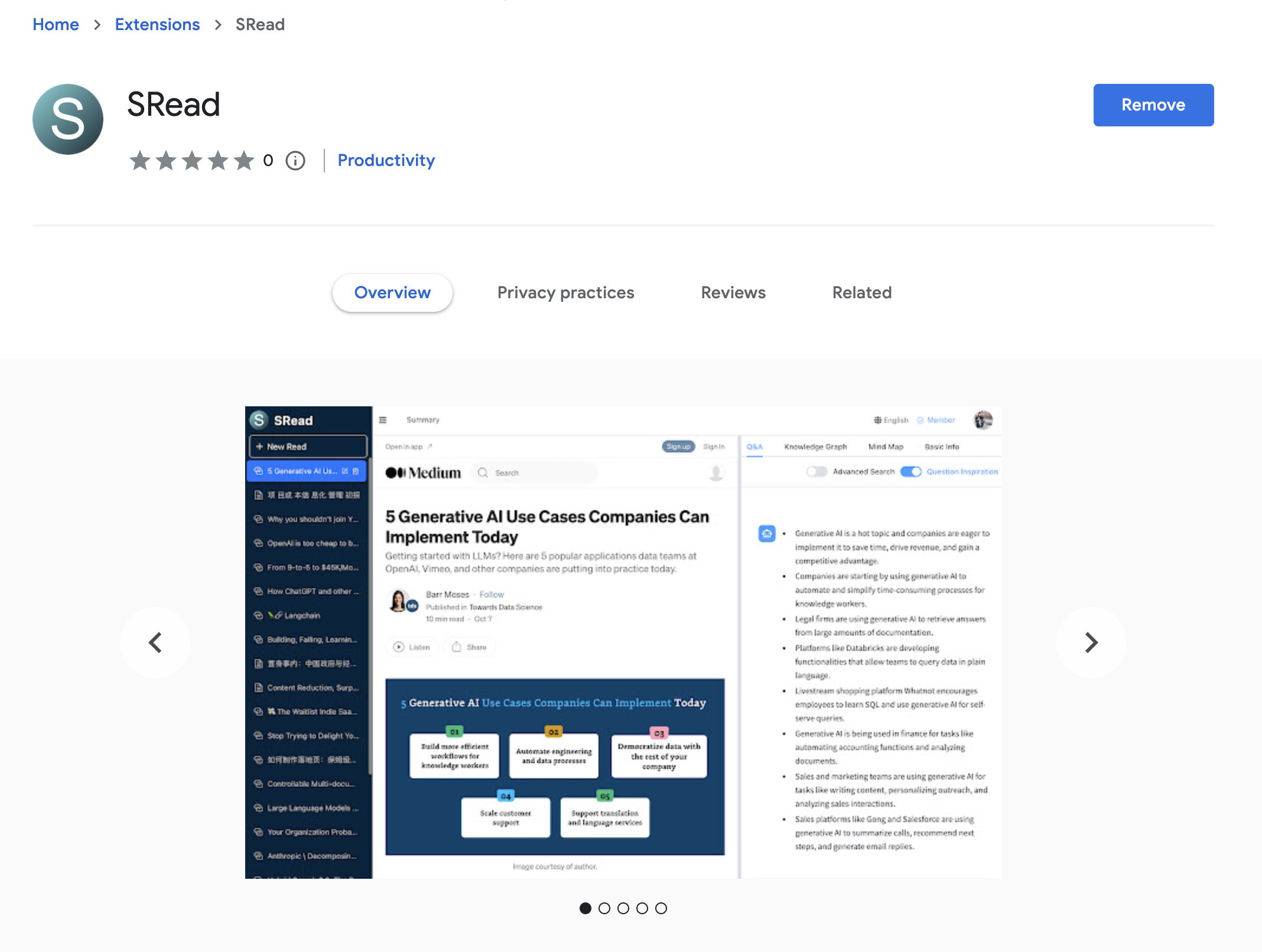Stanford University Study Reveals Real Impact of AI on Developer Productivity: Not a Silver Bullet
This article is based on a presentation by Stanford University researcher Yegor Denisov-Blanch at the AIEWF 2025 conference, which analyzed real data from nearly 100,000 developers across hundreds of companies. Those interested and able can watch the full presentation on YouTube.
Recently, claims that "AI will replace software engineers" have been gaining momentum. Meta's Mark Zuckerberg even stated earlier this year that he plans to replace all mid-level engineers in the company with AI by the end of the year. While this vision is undoubtedly inspiring, it also puts pressure on technology decision-makers worldwide: "How far are we from replacing all developers with AI?"
The latest findings from Stanford University's software engineering productivity research team provide a more realistic and nuanced answer to this question. After in-depth analysis of nearly 100,000 software engineers, over 600 companies, tens of millions of commits, and billions of lines of private codebase data, this large-scale study shows that: Artificial intelligence does indeed improve developer productivity, but it's far from a "one-size-fits-all" universal solution, and its impact is highly contextual and nuanced. While average productivity increased by about 20%, in some cases, AI can even be counterproductive, reducing productivity.





